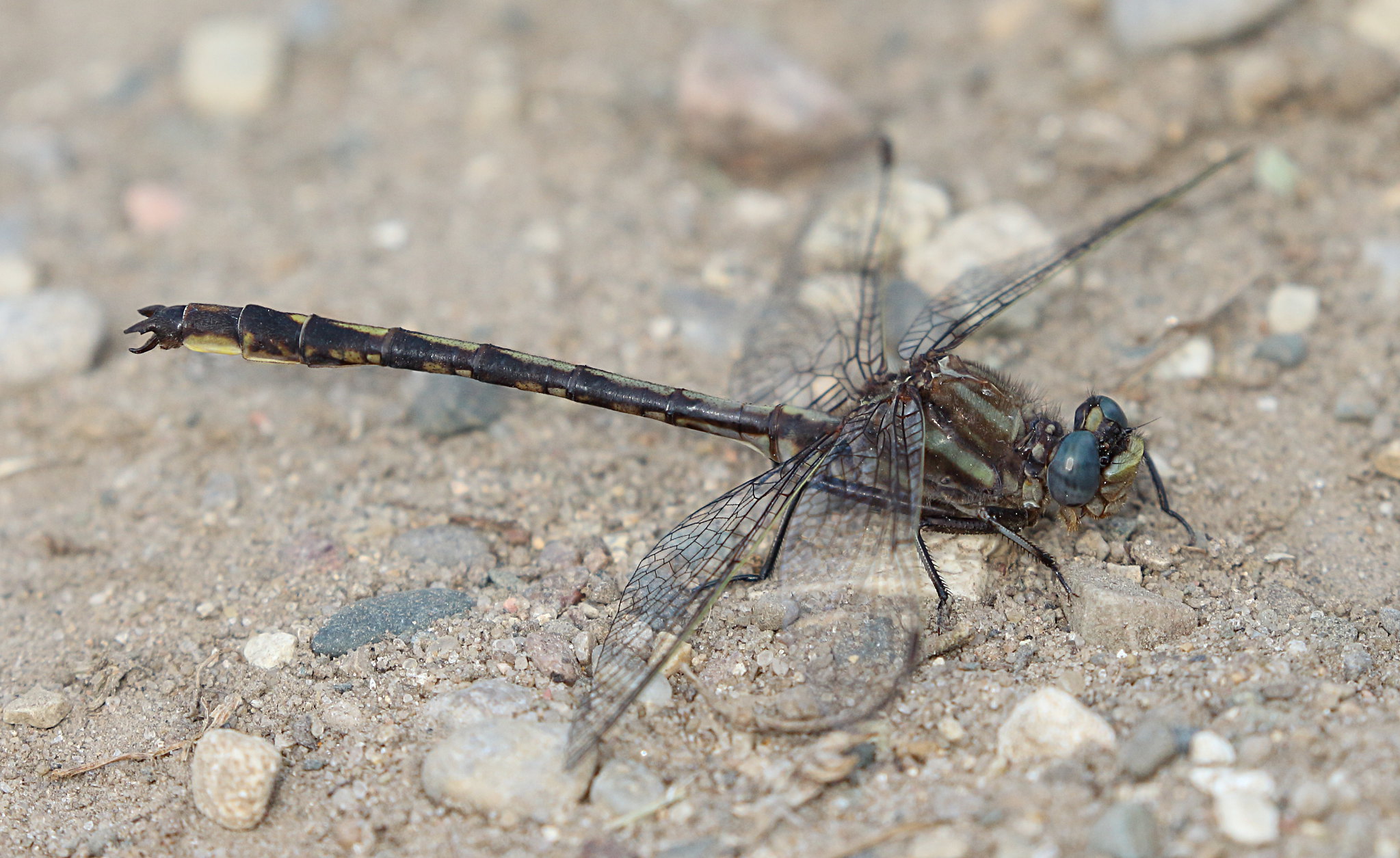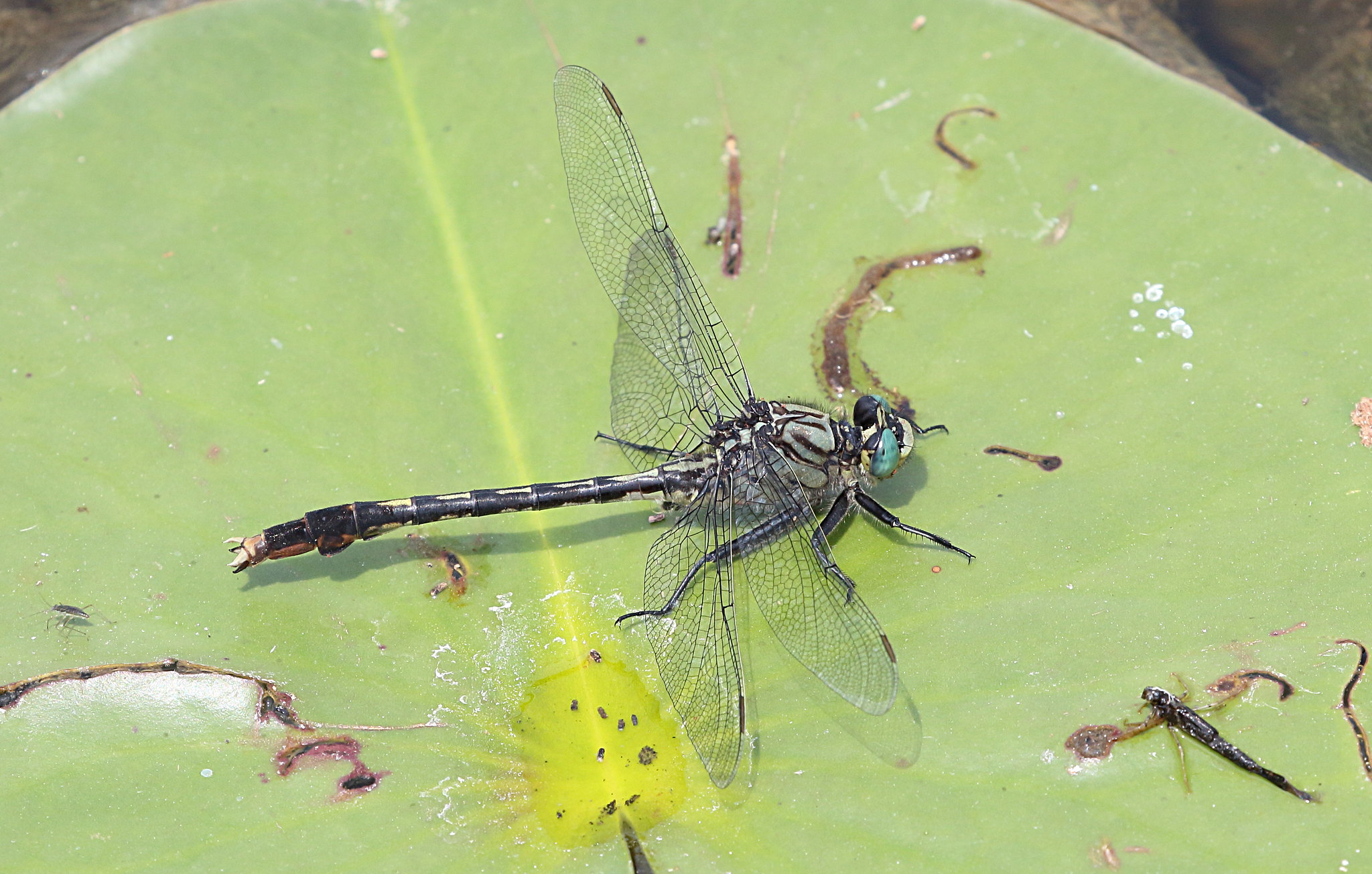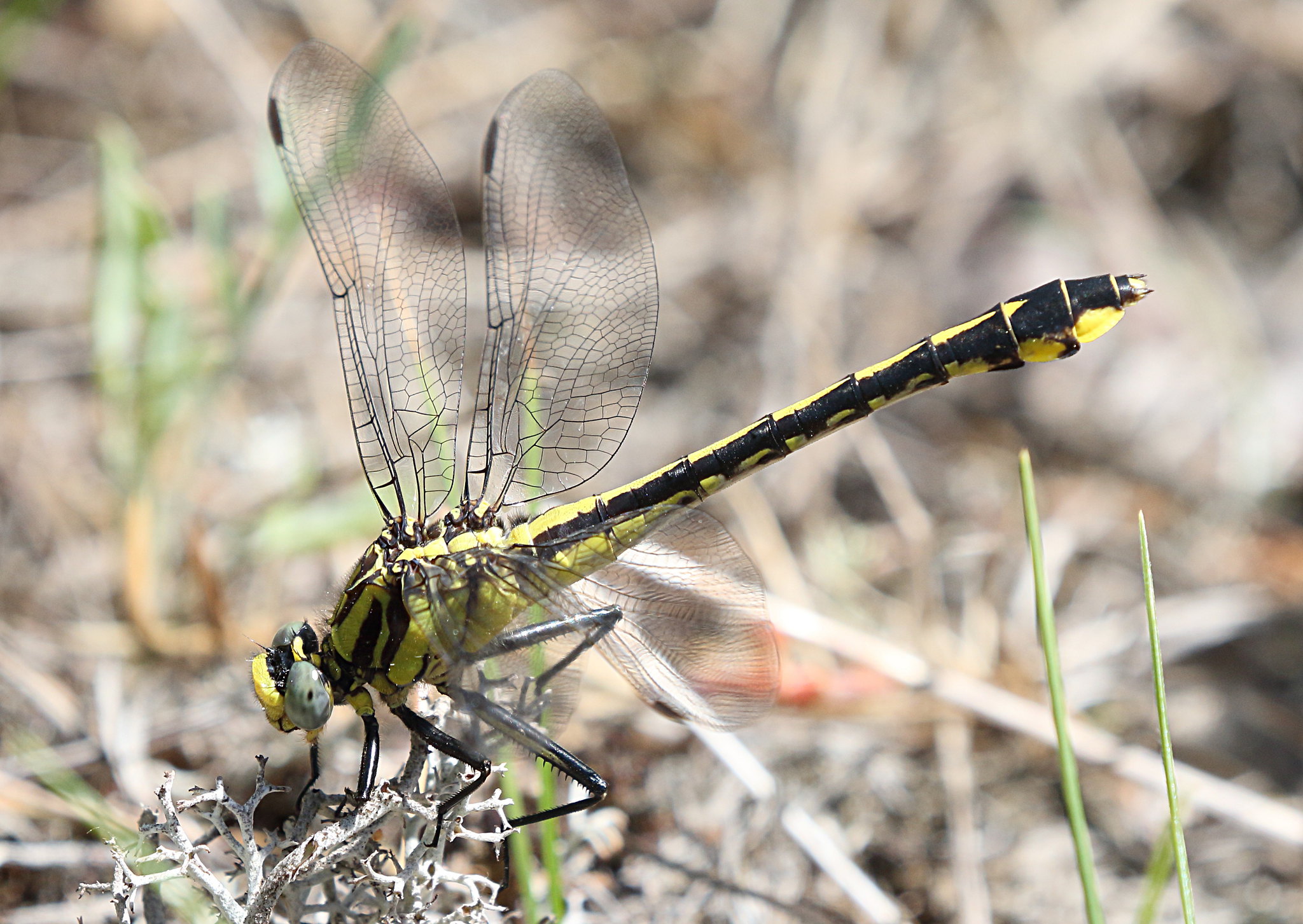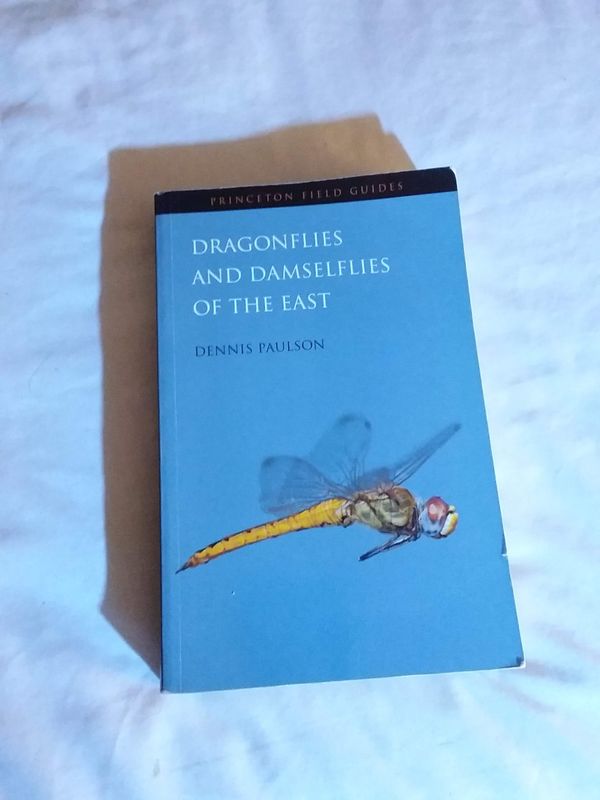Posts for: newtoyou
Jan 25, 2019 23:13:08 #
Mark Sturtevant wrote:
I have been trying to have a post about every week... (show quote)
Look close in lower right corner of #2. Lilypad clubtail. Looks to be a damselfly naiad.
Bill
Jan 25, 2019 23:07:05 #
EnglishBrenda wrote:
The super shot of the Springtail has a mark/protub... (show quote)
This may be far fetched, but could it simply be a droplet of water? Note how the pattern looks distorted, or is that a dof illusion?
Bill
Jan 25, 2019 23:02:41 #
Mark Sturtevant wrote:
That is the book I have. ALL of the dragonflies and damselflies in the Eastern US! It is sitting next to me as I type. Look at all those clubtails!
We can compare notes on dragonfly genitals.(insert grin).
It looks to be THE book on the subject. The numerous species mean a lot of niches being filled and a lot of food sources, being utilized. How about a thesis on dragonfly population dynamics?
Bill
Jan 25, 2019 21:25:27 #
Mark Sturtevant wrote:
I have been trying to have a post about every week... (show quote)
I started looking for a book when I saw the work you and Docshark were doing with dragonflies. Beautiful.
I recieved it today.
A bit of time to look it over and I may be of some ID help in the future.
The book up next. Nite, Mark.
Bill
Jan 25, 2019 21:18:44 #
Mark Sturtevant wrote:
It is a very nice picture, with interesting details on the hairs in DL. There is vignetting at this extension.
The picture is quite good, but for the life of me I cannot give these things credit for ANY redeeming feature.
Bill
Jan 25, 2019 21:10:15 #
sippyjug104 wrote:
Mark, I believe the focus will be much tighter in... (show quote)
You just proved what I had conjecture and brought up a few days or so ago. That there could be a more finite focus with a bellows than with tubes. Unlimited adjustment in it's range. Takes lens variation into account. Then adapt a set of tubes if a more sturdy device needed.
I will have a 4 and a 10 x lens here anyday.
Meantime trying MPE and dual Yongnuo lens on house plant flowers. Still a shake problem. I'll get freehand shooting eventually. Practice.
That lens is a fine piece of gear.
Bill
Jan 25, 2019 20:52:06 #
sippyjug104 wrote:
While searching for ancient mummies in the Valley of the Kings, a new tomb was discovered....Oh wait, what I meant to say was I found several Mud Dauber nests in my storage shed and I've opened some of them up.
This one contained mummified remains of what I have no idea. To me there looks like way too many legs in there. If anyone has any ideas, please share them. The pattern in the crusted mud is from the siding board on my sheds walls.
This one contained mummified remains of what I have no idea. To me there looks like way too many legs in there. If anyone has any ideas, please share them. The pattern in the crusted mud is from the siding board on my sheds walls.
My first reply said "the spider provisions". Should have been "wasp provisions".
Bill
Jan 25, 2019 20:48:27 #
sippyjug104 wrote:
Mark, there were many vacant cells with exit holes... (show quote)
Conjectures.
The wispy tail haired are probably dermestid larva remains. They are minute upon hatching and get thru the smallest access. What may be brought in, as
Mark pointed out, are other parasites , incidentally. The remains of the wasp was most likely unable to emerge from pupation and leave due to who knows what .
Adults would be emerging in an order from TOP DOWN. Out of it's own cell. Neat round hole as stated. Some parasite wasps seem to emerge in numbers from whole nest being parasitized. I doubt wasp survival rate is very high.
The cell of spider legs should have been a successful pupation. Should be an exit hole.
Bill
Jan 25, 2019 13:44:30 #
ahuman wrote:
The other day while cleaning the back of my closet I found two old film cameras
A Canon av1 and a Minolta maxum spxi
Which started an old fire again!!
A Canon av1 and a Minolta maxum spxi
Which started an old fire again!!
I still use two AE1P Canons. Color and b&w. Mike's camera in Boulder does a good job with film processing. DO NOT GO TO A LOCAL PHARMACY for processing. Film on line. Prices excellent if you shop. Have fun.
Bill
Jan 25, 2019 13:30:20 #
Curmudgeon wrote:
I have always believed that actions speak louder t... (show quote)
Few people get the fact that many birds are identifiable by MANNERS, POISE and ACTIONS. A Robin in flight compared to a flicker, say. Thanks for bringing that up.
Bill
Jan 25, 2019 02:23:08 #
tinusbum wrote:
i thought Woodlouse Hunters had a red front end
Eye pattern hints at Clubionidae. Aysha sp.?
Bill
Jan 25, 2019 00:30:58 #
The spider provisions the cell with NUMEROUS spiders or caterpillars, depending on wasp species, before laying an egg and starting a new cell. Therefore, count the legs and divide by eight to know how many spiders it took to provision the cell. If a caterpillar, the remains look totally different. But the head capsules will be intact, usually.
Bill
Bill
Jan 25, 2019 00:22:41 #
Dave327 wrote:
I agree - Cooper’s or Sharp Shinned. I am leaning towards a Sharp Shinned because of the pattern and shape of the tail feathers.
That and the fact that a Cooper's swoops in and is gone along with a songbird. A sharpshined is less afraid of humans, less wary.
A pair of Cooper's nest in my neighborhood. They snatch the smaller squirrels and are gone. I see it, but no photo op.
Bill
Jan 25, 2019 00:08:37 #
fotoman150 wrote:
I just finished a wedding consultation. br br I’... (show quote)
Intuition is a good thing. It is your best friend sometimes.
Have you exited yet?
Jan 25, 2019 00:05:39 #
billbarcus wrote:
Best window mount for shooting out of the vehicle:... (show quote)
Swimming pool tubes work, too. Closed cell foam.
Bill





